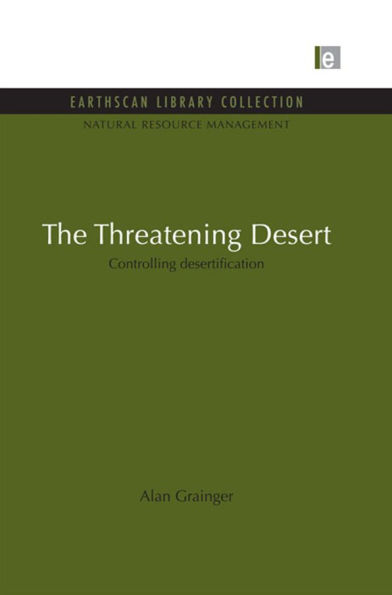Lands lost to desert may effectively be lost for ever, so desertification is humanity's most obvious despoliation to the planet. It is certainly one of the most serious environmental problems facing the world today. In this book the author describes what is happening and where. Although the problem is greatest in developing countries, it is by no means confined to them. Australia, Africa, the USA and India are all affected. In the 1970s an international Plan of Action was drawn up to bring the phenomenon under control, but it was never implemented. Now that the situation is more serious than ever before, this book urges new action and describes many of the myriad ways in which it is possible to arrest the progress of desertification. It describes, too, not just the failures, but the considerable successes that have been achieved.
Originally published in 1990
Lands lost to desert may effectively be lost for ever, so desertification is humanity's most obvious despoliation to the planet. It is certainly one of the most serious environmental problems facing the world today. In this book the author describes what is happening and where. Although the problem is greatest in developing countries, it is by no means confined to them. Australia, Africa, the USA and India are all affected. In the 1970s an international Plan of Action was drawn up to bring the phenomenon under control, but it was never implemented. Now that the situation is more serious than ever before, this book urges new action and describes many of the myriad ways in which it is possible to arrest the progress of desertification. It describes, too, not just the failures, but the considerable successes that have been achieved.
Originally published in 1990

The Threatening Desert: Controlling desertification
388
The Threatening Desert: Controlling desertification
388Related collections and offers

Product Details
| ISBN-13: | 9781134061976 |
|---|---|
| Publisher: | Taylor & Francis |
| Publication date: | 11/05/2013 |
| Series: | Natural Resource Management Set |
| Sold by: | Barnes & Noble |
| Format: | eBook |
| Pages: | 388 |
| File size: | 2 MB |
